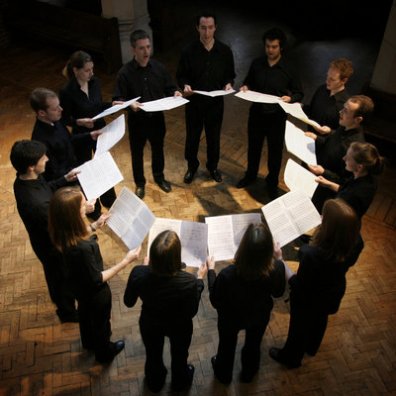A brief trawl of the internet produces a surprisingly wide variety of styles of settings of the proper texts which range from simple chants that can be sung without accompaniment to choral settings for mixed voices. Some are obviously adaptations of Gregorian Chant or are indebted to that musical language, others are more contemporary in feel…. Of course, there is nothing to stop us singing Latin chants in a predominantly English liturgical celebration. – Msgr. Andrew Wadsworth, ICEL
Let’s look at the options for this weekend’s entrance proper, Miserere mihi: “Have mercy on me, 0 Lord, for I have called out to you all the day; for you, 0 Lord, are good and forgiving and plenteous in mercy to all who call upon you.”
I count nine available for download. Perhaps I’m missing some.
We begin with the normative choice, the entrance from the Graduale Romanum (same text as the Missale) which we take here from the English-language Gregorian Missal.
Once that normative choice is established, we immediately note that it takes some degree of practice to be able to sing this. A beginning choir feels out of sorts just looking at it (though it isn’t as hard as it looks).
So let’s explore other options, beginning with the easiest one from the Anglican Use Gradual:
Now consider the Psalm tone offering of Fr. Samuel Weber:
Next comes a selection from Fr. Columba Kelly and the SacredMusicProject.
Next, the choice of the Arbogast Propers published in 1966:
A very popular resource for propers is Bruce Ford’s American Gradual:
Next, the choice of the Palmer-Burgess Gradual and also repeated in Introits of the Sarum in English:
Now something completely unexpected, a selection from Introits and Graduals for the Church Year by Healey Willan – a Lutheran resource:
I will end this tour of introit propers online with a selection from Richard Rice’s Simple Choral Graduale, which is undoubtedly the one to which Msgr. refers above.
Everything shown above is a free download (Rice is a $7 download). Some are in print. So we can see that there is not a lack of options. There is a lack of knowledge, and a lack of will that thus results. Msgr. Wadsworth is precisely right that we have to change the consciousness.










